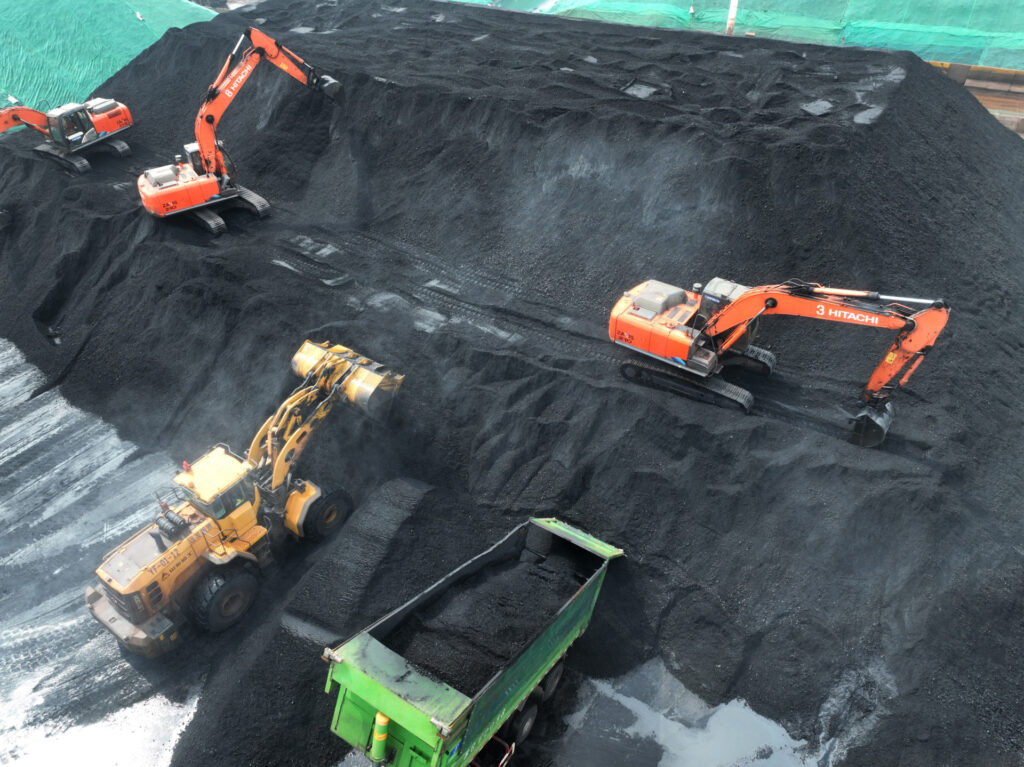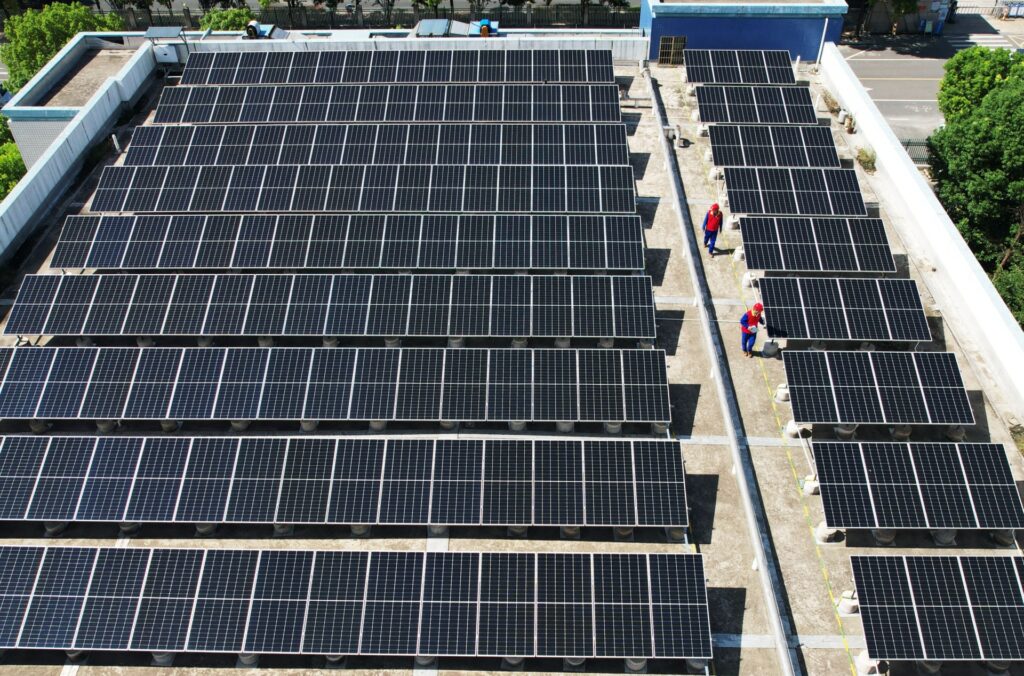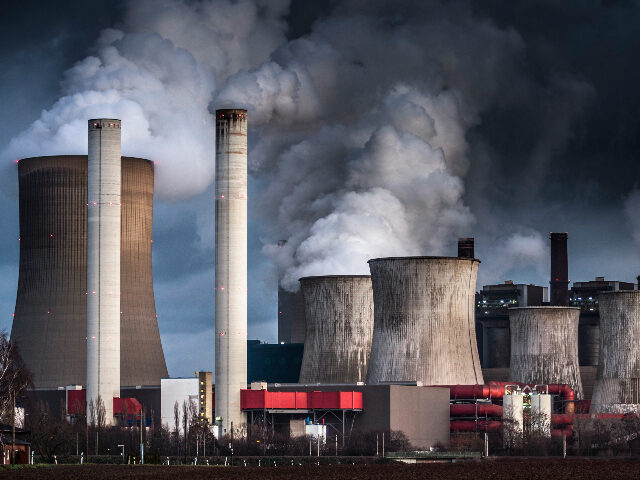China’s mad dash for coal power continues, even as Western governments tell their citizens to make more sacrifices for “climate change.”
A report from two energy research groups on Tuesday found China has over 300 more coal power plants in the works, issuing permits for another 52 gigawatts of coal power in just the first half of 2023 alone.
The report from Global Energy Monitor (GEM) and the Center for Research on Energy and Clean Air (CREA) said China doubled its commissions of coal plants in 2023, so if anything, China’s coal spree is accelerating.
The report noted that China takes a while to follow up on permits, with only about half of the plants that were permitted in 2022 under construction as of summer 2033.
The report said:
After the permitting spree of the past year, China now has 243 GW of coal-fired capacity currently permitted and under construction. If the permitting rush is not stopped until projects that are currently announced or in pre-permit stages have gained permits as well, there will be a total of 392 GW of new coal-fired power capacity in the pipeline.
The climate change movement is usually very muted in its criticism of China, but over the past year, a few environmental organizations have begun noticing that Beijing’s coal rush is a sharp contrast to the rhetoric deployed at climate conferences. The GEM/CREA report said it has now become effectively impossible for China to come close to its promises of peak carbon emissions in 2030 without wasting titanic sums of money by canceling many of the projects under construction.
RELATED — Kerry: We Can’t Fix Climate Without China Completely Ditching Coal That It’s Using More of
China does not seem inclined to make any such sacrifices. In fact, the report found that China is now using coal for more than half of its electric power generation, and it is even building coal power plants in areas that do not appear to need more generator capacity:
Most of the new projects don’t meet the central government’s requirements for permitting new coal: the provinces building most new coal aren’t using it to “support” a correspondingly large buildout of clean energy; the majority of projects are in provinces that have no shortage of generating capacity to meet demand peaks; and most new project locations already have more than enough coal power to “support” existing and planned wind and solar capacity. This shows that there is no effective enforcement of the policies limiting new project permitting.
[…]
China now has 243 GW of coal power under construction and permitted. When projects currently announced or in the preparation stage but not yet permitted are included, this number rises to 392 GW. This means that coal power capacity could increase by 23% to 33% from 2022 levels, implying either a massive increase in coal power generation and emissions or a massive drop in plant utilization, implying financial losses and potentially asset stranding.
CREA lead analyst Lauri Myllyvirta clung to the rapidly dissipating hope that China still plans to keep those promises of peak carbon by 2030 and net zero emissions by 2050.
“The coal power spree is a last-minute push by China’s coal industry to lock in capacity and emissions before China’s emissions are due to peak late this decade. This is happening even as clean energy installations are rapidly expanding,” Myllyvirta told the South China Morning Post (SCMP) on Tuesday.
“As the world turns its back on new coal projects, China is making the path towards its energy transition and climate commitments more complicated and costly,” said GEM research analyst Flora Champenois, sounding a more pessimistic tone.
“Continuing to permit more coal capacity will either result in massive emissions increases or plants sitting idle, generating losses, and perpetuating the power system’s dependence on coal,” Champenois added.

Large machinery stores electrical coal just unloaded from a cargo ship at the Port coal terminal in Lianyungang, Jiangsu province, China, on July 12, 2023. (Costfoto/NurPhoto via Getty Images)
The SCMP pointed out that according to the report, China is pumping out new coal plants in areas where there is no need for excess capacity to balance the installation of unreliable wind and solar power. China often defends its coal spree by claiming it needs a surge of carbon-burning power capacity to accommodate the construction of more renewable energy plants, but that clearly is not true.
Another hope voiced by the climate change activists who scramble to make excuses for China is that local officials are ordering all these new coal plants without the knowledge of the central government, which is going to notice the coal spree any day now and order the rambunctious provincial governments to settle down.
The GEM/CREA report makes it increasingly difficult to believe in this fantasy, especially since the central Communist government is very much involved in digging, importing, and shipping the mountains of coal needed to fuel these plants.
Al Jazeera News noted that China, the world’s worst polluter by a wide margin, produces more emissions than the U.S., the European Union, and India combined, even as it builds “more solar power capacity than the entire rest of the world.” China’s emissions increased by another ten percent last year.

Employees of a power supply company check photovoltaic power generation facilities on the roof of a primary school in Hangzhou, Zhejiang province, China, on August 2, 2023. (Costfoto/NurPhoto via Getty Images)
“China’s renewable energy targets, though ambitious, face considerable obstacles, including an outdated power grid and the ongoing challenge of storing renewable energy,” Al Jazeera pointed out.
This makes it difficult to credit another excuse made by climate activists for China — it is supposedly building all these coal plants just to develop a comfort cushion of excess generation capacity, and once it realizes renewables can get the job done, all those new coal plants will be switched to idle and used only in emergencies.

COMMENTS
Please let us know if you're having issues with commenting.